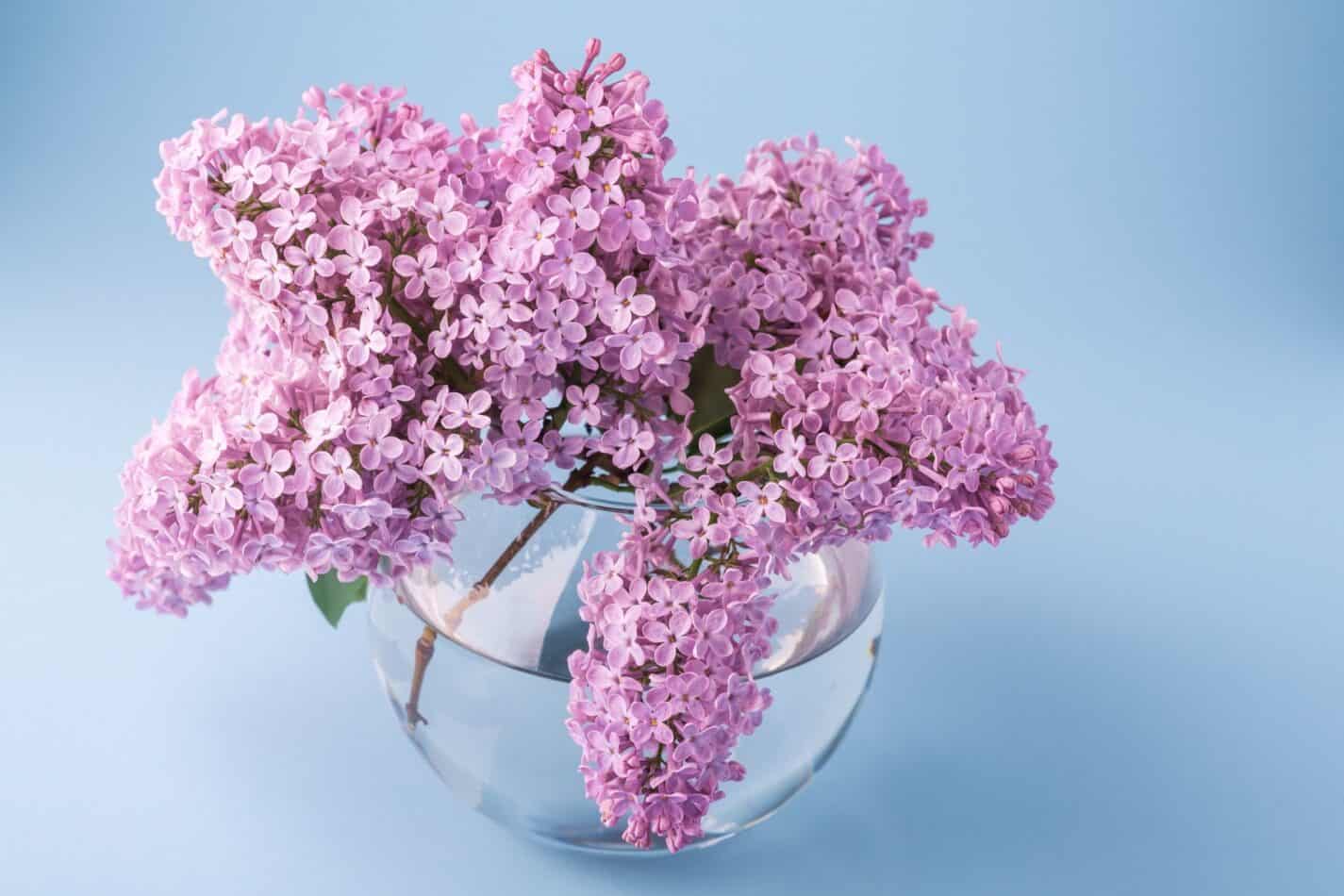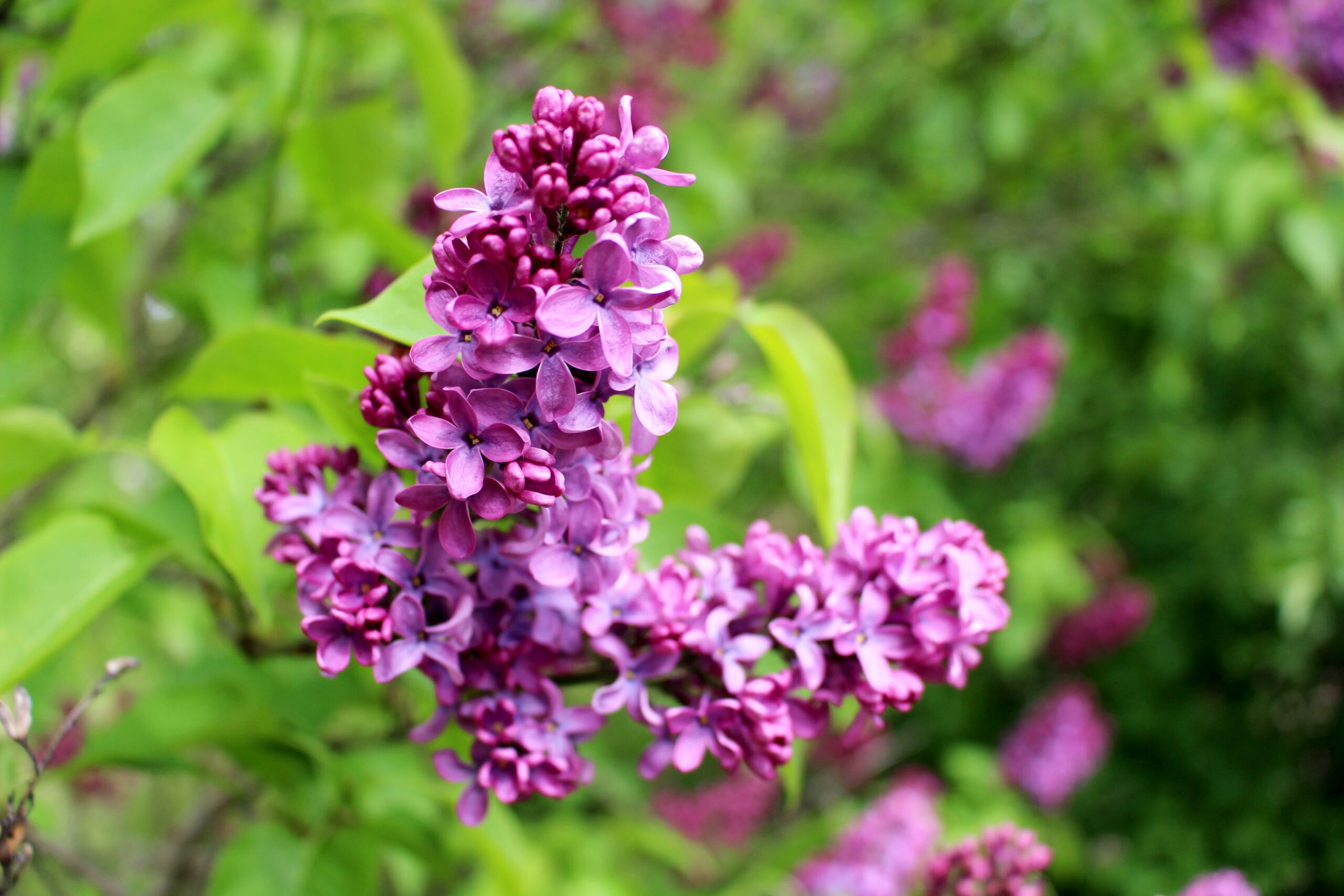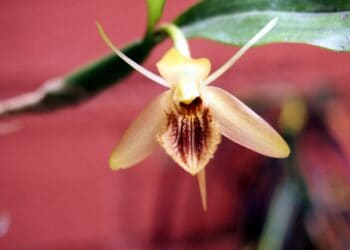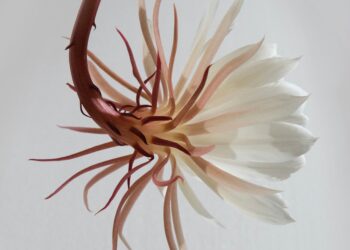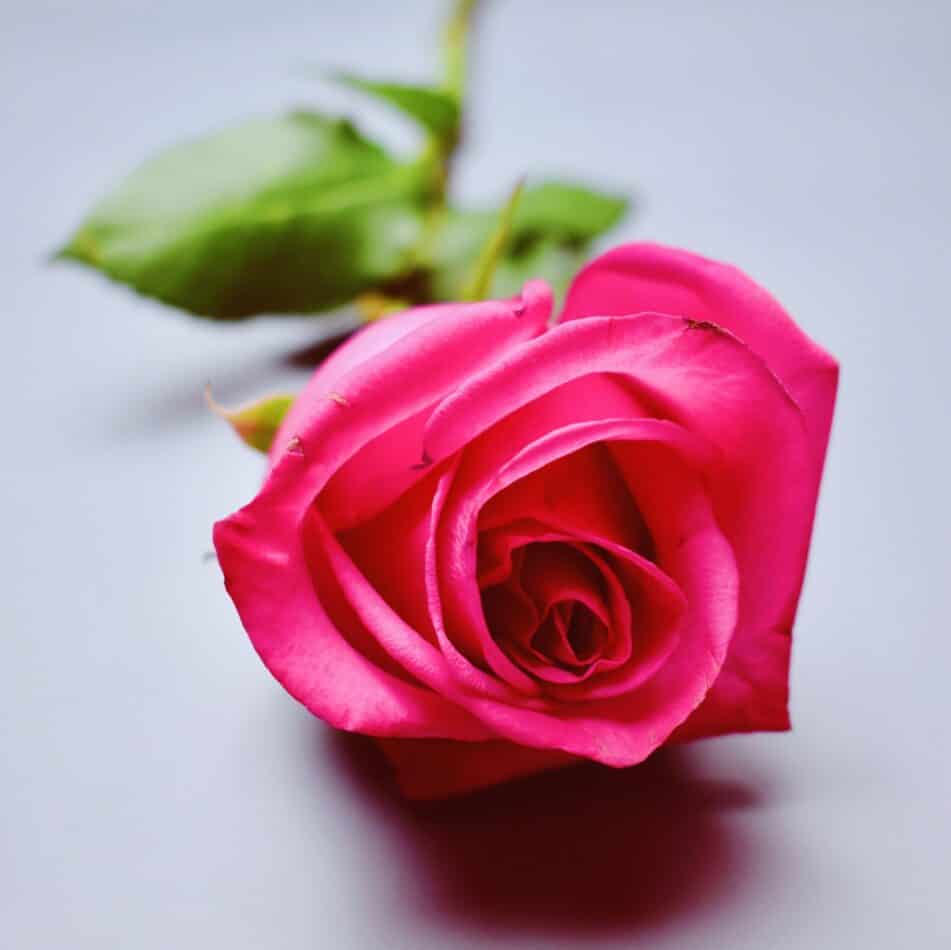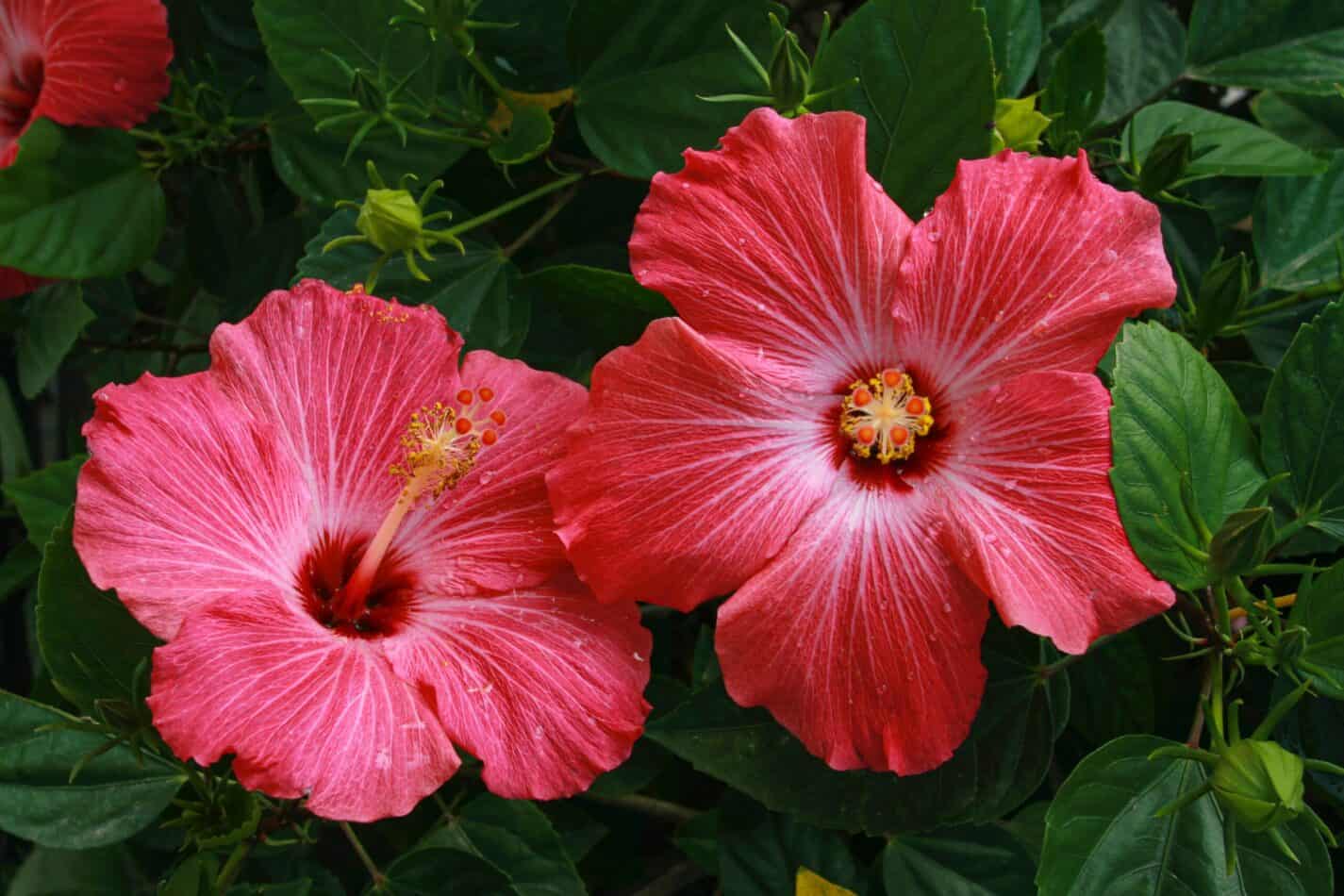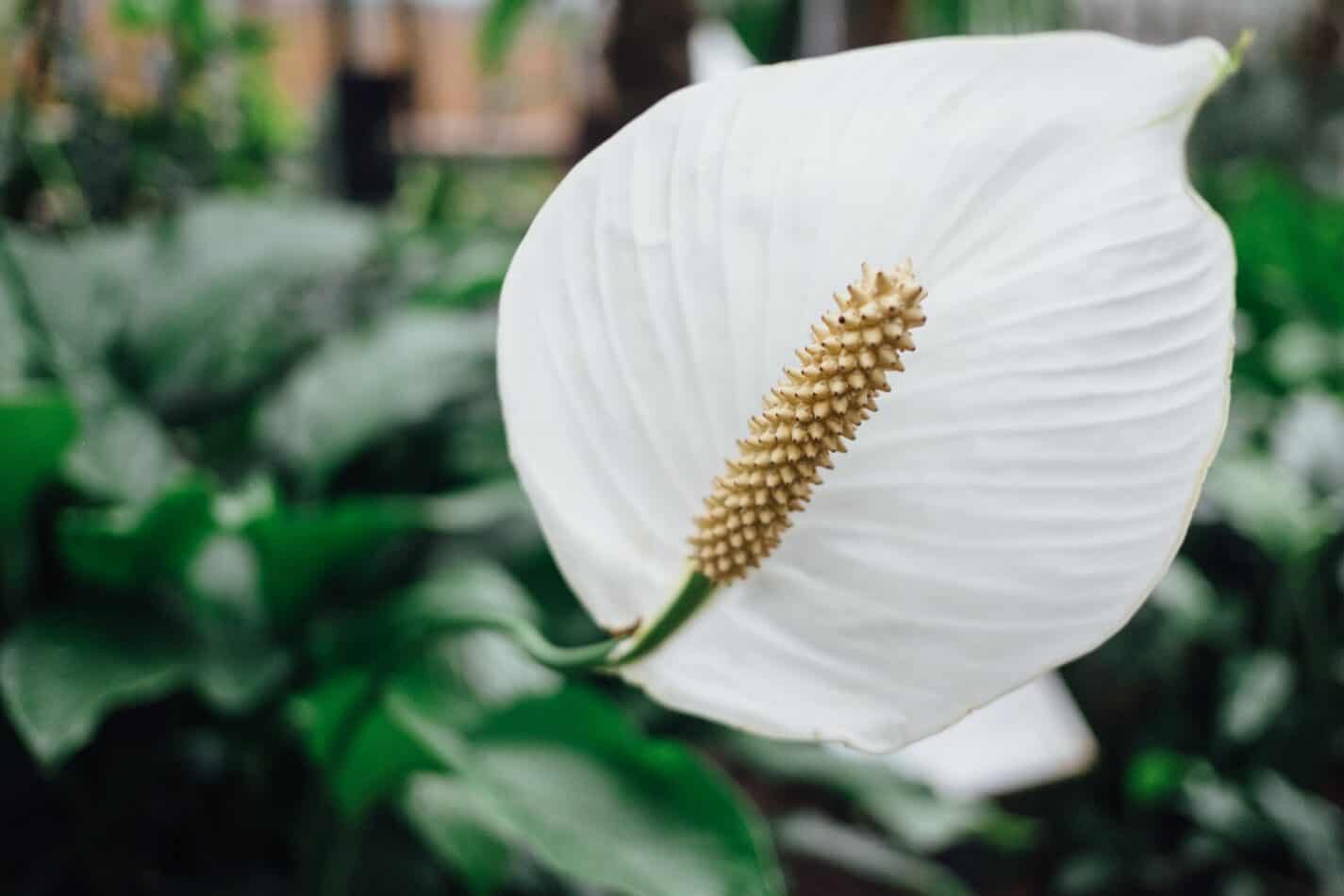Notorious for clusters of gorgeous white and deep lavender, lilacs are flowers that have held the spotlight for centuries. However, there is an untapped well of information about lilacs despite this popularity. While the technical aspects of this flower are certainly intriguing, there is an even deeper and more complex science going on behind the scenes – meaning and symbolism.
In 19th-century Europe, when not only industry was booming, but humanity, literature, and social science, society often found it exciting to assign hidden connotations to certain words, phrases, and gestures – and this new practice very easily found its way into the floral industry, which provided thousands upon thousands of subjects for these theories.

4 Facts You Should Know About Lilacs
- Lilacs are members of the Olive – or Oleaceae – family and share both orchids and jasmine as cousins. They are native to Southeastern Europe and play a significant role in Mediterranean culture. In modern times, lilacs can be grown and found worldwide and have ties to many different countries and cultures.
- These flowers are popular for a reason – not only are they enchanting and near-perfect in appearance, but their perfumes have also been described as sweet and intoxicating, and they can make a lovely addition to your meal!
- Lilacs have also been very commonly used for medicinal purposes over the last few centuries; they were trendy in colonial America. They were used to treat many ailments, including fever, malaria, and even intestinal worms.
- There are over a thousand strains of lilac, and it comes in colors varying from white, to pink, to lavender – which takes the overwhelming majority. While blue lilacs are relatively rare, they are not unheard of. The flowers bloom in early spring and have a blooming period of only three weeks – lending them to be even more coveted. It’s clear why lilacs are so popular, as they provide so much more than just their beauty – and even more so, Post-Enlightenment-age Europeans chose to assign it such an important connotation.
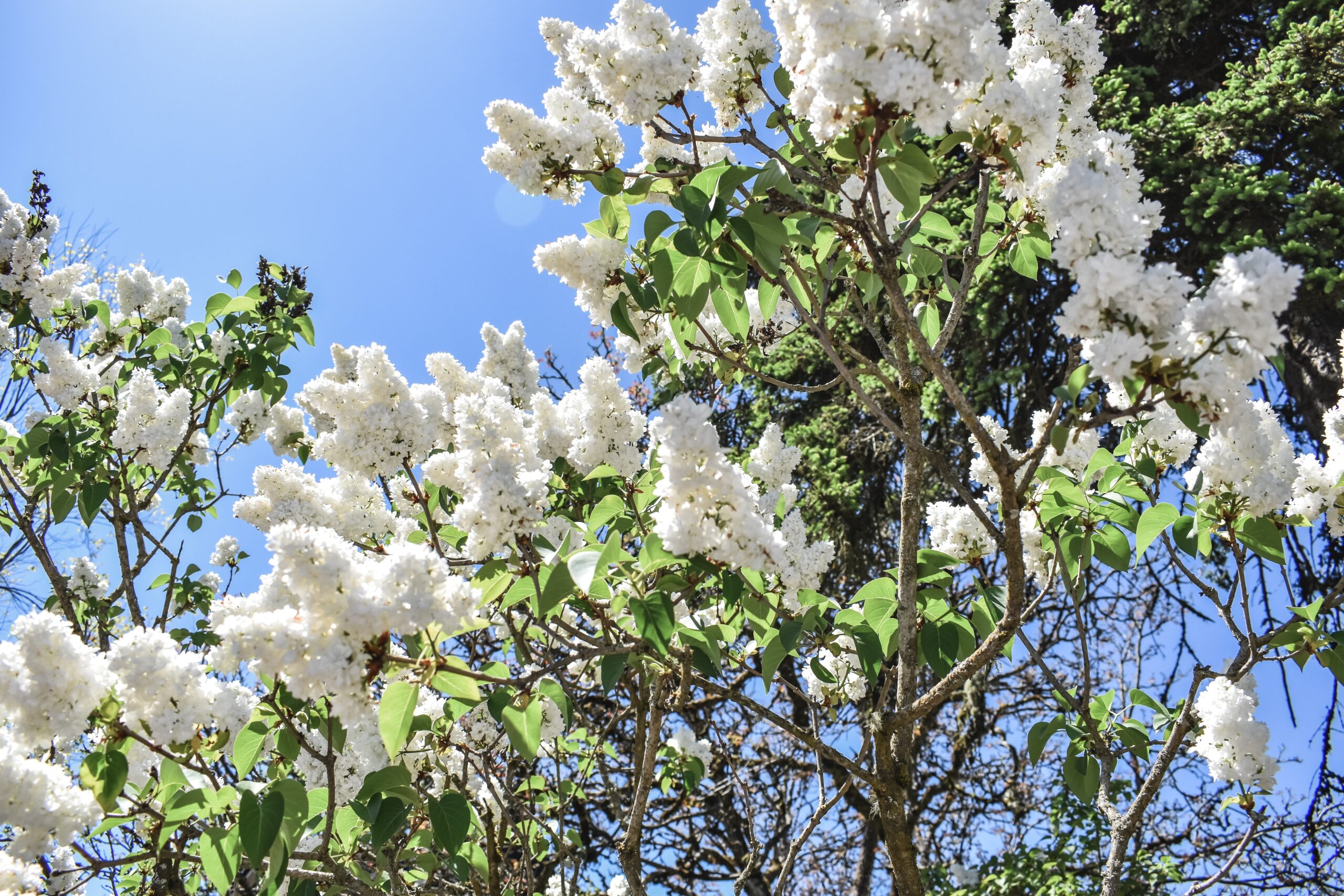
Lilacs Meaning and Symbolism
One of the agreed-upon meanings of the lilac is renewal, a period of light and ease after a long and challenging winter. Their birth in early spring is representative of the changes in our own lives – whether that be marriage, relocation, or the birth of a child. Russia, in particular, considered it particularly good luck to hold a sprig of lilac over the head of a newborn; they believed this ensured success and happiness throughout the child’s life.
Lilacs are equally representative of innocence and first love. Their delicate nature is a reminder of youth, its simplicity, and the purity of love. Conversely, however, it was sometimes tied with past love in Victorian England. It was common to see lilac worn by widows and widowers in honor of their lost partner.
In an even more unique turn: Walt Whitman, in his famous poem “When Lilacs Last in the Door-yard Bloom’d,” used lilacs to impart the idea of new life after death; of accepting what you must leave behind and going forth on your journey, whether you’re ready or not.
Lilac Colors and Their Specific Meanings
Like most flowers, lilacs carry different meanings depending on their color, with lighter colors representing pure and innocent emotions and deeper colors representing more intense ones.
White, as expected, represents purity – and blue, in a similar vein, represents happiness and peace. Violet – a rarer strain of lilac – represents spirituality, and both lavender and magenta symbolize first love – magenta being the heavier of the two in significance.
While these different colors all have their respective meanings, it’s always safe to assume that lilac is a symbol of first love, as that is its universal meaning.
With all of that being said – lilacs carry different meanings and representations. Given their tremendous cultural significance and the range of interpretations between different people, it’s safe to say that lilacs are an incredibly influential and moving flower.
They are beautiful in all variations, can lift spirits with a single glance, and make for heavenly-scented candles; it’s plain to see why this plant is so revered by society and will continue to be as time goes on. More than anything, lilacs are a symbol of the beauty of humanity – the lengths we will go to honor and place value on a flower that we’ve fallen in love with and find ways to make life just that much more exciting.
What we love from Amazon this week
Buy these wonderful flowers directly from Amazon:


